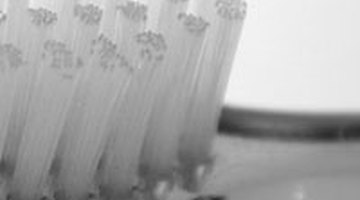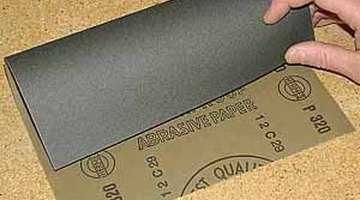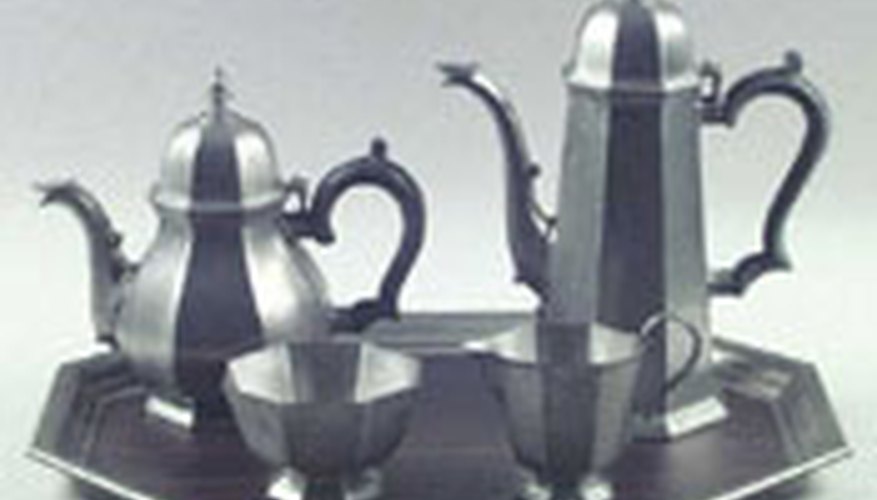Antique pewter is made from lead and tin, while modern pewter is largely tin with a little bit of antimony and copper. The lead in antique pewter is what gives it a dark patina. Pewter collectors fall into two schools: those who prefer their pewter to have a shiny finish, and those who like their pewter to show the finish unpolished pewter develops over time. Clean an old pewter tea set by using one of these methods, but take care not to damage valuable items.
- Antique pewter is made from lead and tin, while modern pewter is largely tin with a little bit of antimony and copper.
- The lead in antique pewter is what gives it a dark patina.

Make a paste of 1 cup vinegar, 1 tsp salt and 1/2 cup flour. Rub it on the pewter and allow it to dry. Rinse the pewter in clean water, dry it with a soft cloth and polish. Use a soft toothbrush to gently clean filigree.
Polish cleaned pewter by rubbing in one direction until no dark smudges appear on the cloth. Wear cotton gloves to prevent staining the pewter before it's completely buffed. Apply a neutral wax polish to protect the pewter from oxidation after polishing.
- Polish cleaned pewter by rubbing in one direction until no dark smudges appear on the cloth.
- Apply a neutral wax polish to protect the pewter from oxidation after polishing.
Rub the pewter with fresh cabbage leaves. The natural cleaning compounds in cabbage leaves will remove tarnish without the use of chemicals.

Remove fine scratches with a commercial product designed for pewter. Rub it gently onto the scratch in a circular motion. Don't overdo it or you'll remove more pewter than necessary.

Lightly sand the pewter with a fine grade of emery paper. Very dark pieces will require multiple treatments.
WARNING
Antique pewter shouldn't be used for food or beverages because of the lead content. Take valuable pieces of pewter to an expert for restoration.
